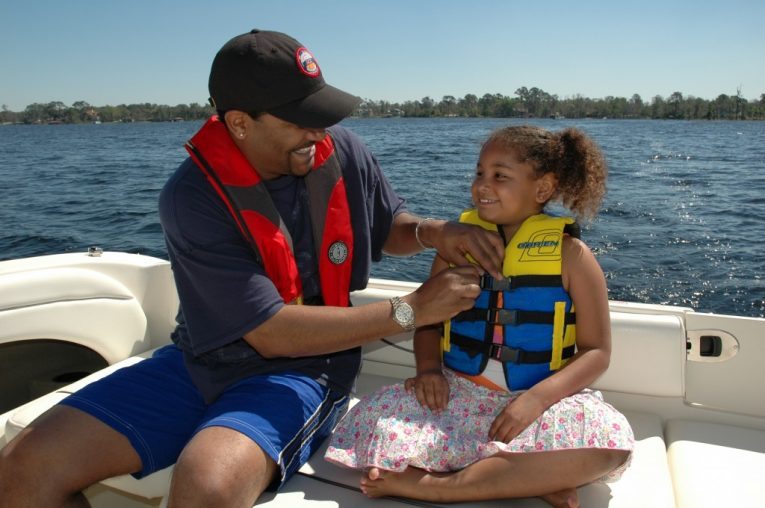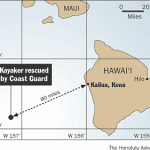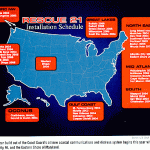If there?s a callus on my tongue from going ?tsk, tsk, tsk,? it got there from reading newspaper articles and law-enforcement reports about people drowning while just trying to have a little fun.
I picture people in boats or on a beach, their laughs turning to screams when they realize a friend or loved one has disappeared. Soon, anguished howls echo across the lake, river or pond when they realize the person is now a drowning victim.
Such tragedies are heartbreaking, especially because most wouldn?t have happened had the victim worn a life-jacket. Further, life-jackets are now more easily worn than ever. We aren?t talking about those orange horse-collars from years ago, even though they?re still reliable. No, you barely notice today?s life-vests when wearing them.
Of course, few people wear life-jackets or life-vests when swimming. We can preach all we want, but most of us won?t wear one for a swim in the pond, lake or pool. Even so, we should realize things change when we climb into a boat, canoe or kayak. When you venture onto the water, where you could encounter a freak storm or a drunken idiot driving a ton of fiberglass, it?s foolish not to wear a life-jacket yourself, and near-criminal not to make your kids wear them.
If you think canoes and kayaks are safer because they?re peaceful and self-propelled, think again. In 2001 in Wisconsin, 21 people died in boating accidents, and 10 were in a canoe, kayak or other non-motorized boat. I?m sure some deaths were nearly self-inflicted through inexperience, but isn?t that all the more reason to wear a life-vest?
If you?re not already a habitual life-vest wearer, I doubt there?s much anyone can say to adjust your attitude. But you should realize drownings are so common that water-safety specialists accurately predict annual drowning numbers and how most will occur.
According to the National Center for Injury Prevention and Control, roughly 4,400 people drown each year in the United States. Of that group, about 3,565, or 81 percent, are males, and about 1,000 are children younger than age 15. Further, for each child who drowns, another four are hospitalized for nearly drowning.
The two age groups with the highest drowning rates are children under age 4, and youths from age 15 to 19. In fact, drowning is the second-leading cause of injury-related deaths for children ages 1 to 4. Boat-related drownings are a greater risk for 15- to 19-year-olds than for younger children, and 92 percent of adolescent drowning victims are boys.
I doubt anyone will be shocked that alcohol is a factor in 25 percent to 50 percent of water-recreation deaths for adolescents and adults. Also, alcohol is a contributing factor in up to 50 percent of adolescent drownings.
I hate to put such things into dollar amounts, but drownings and near-drownings involving children under age 15 in the United States cost about $6.2 billion each year. That means the estimated cost per near-drowning is $84,000 and the estimated cost per drowning is $3.6 million.
I don?t know about you, but when I climb into my boat and look at my three daughters, I never think about dollars. I forgot the cost of their life-vests as soon as we left the store. Instead, I take satisfaction in seeing them zip on their life-vests as casually as they snap on the seatbelts in our minivan.








